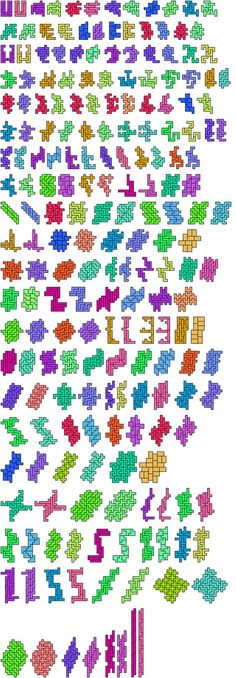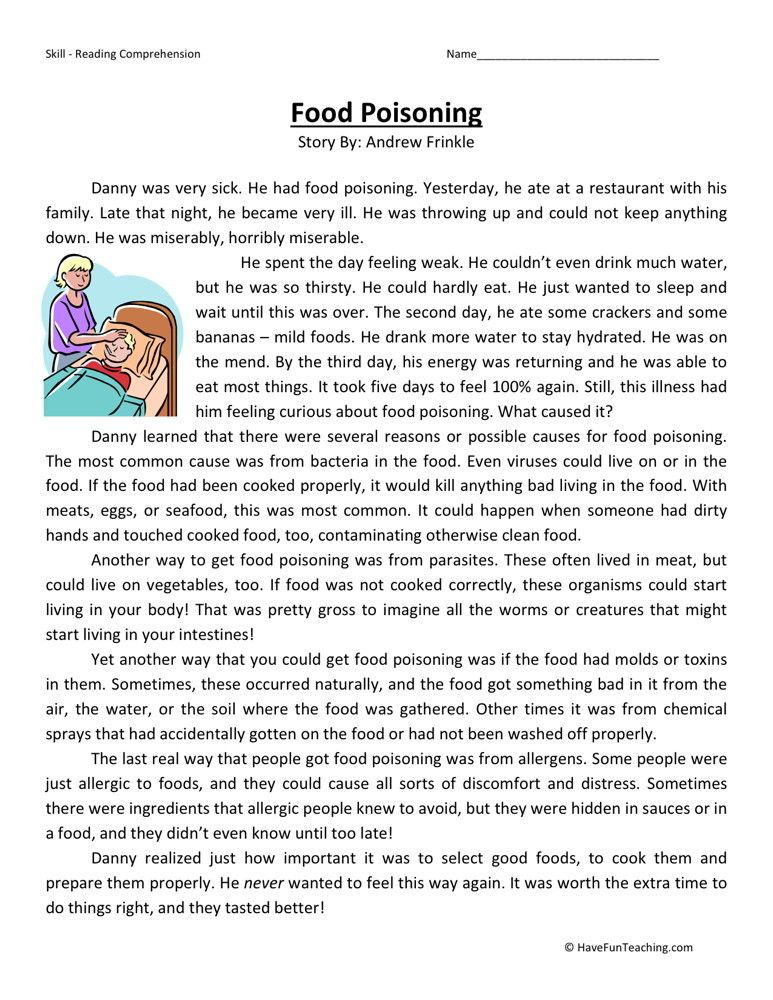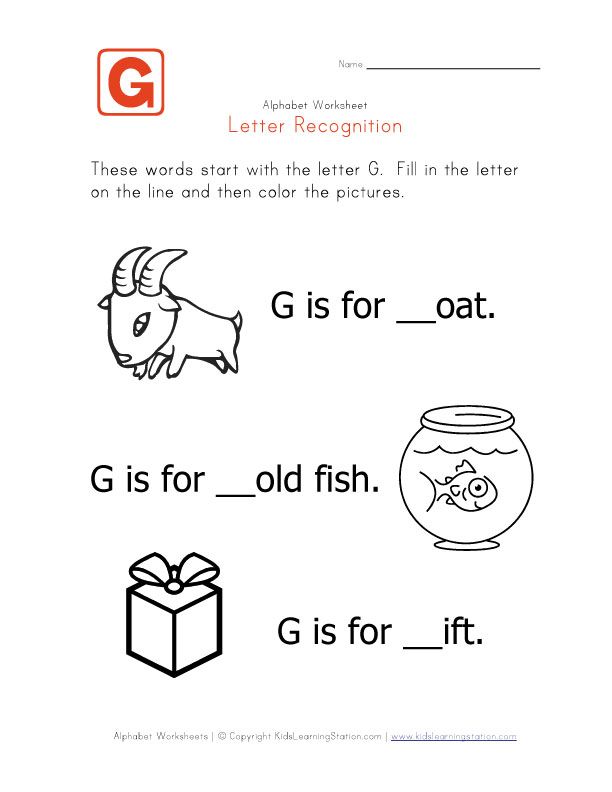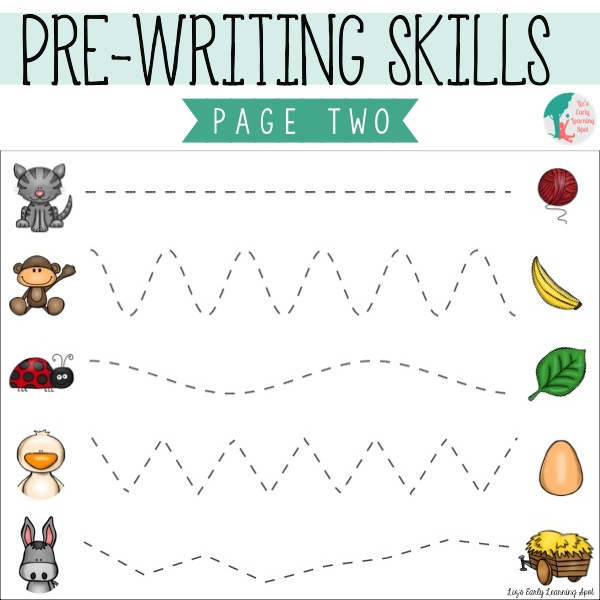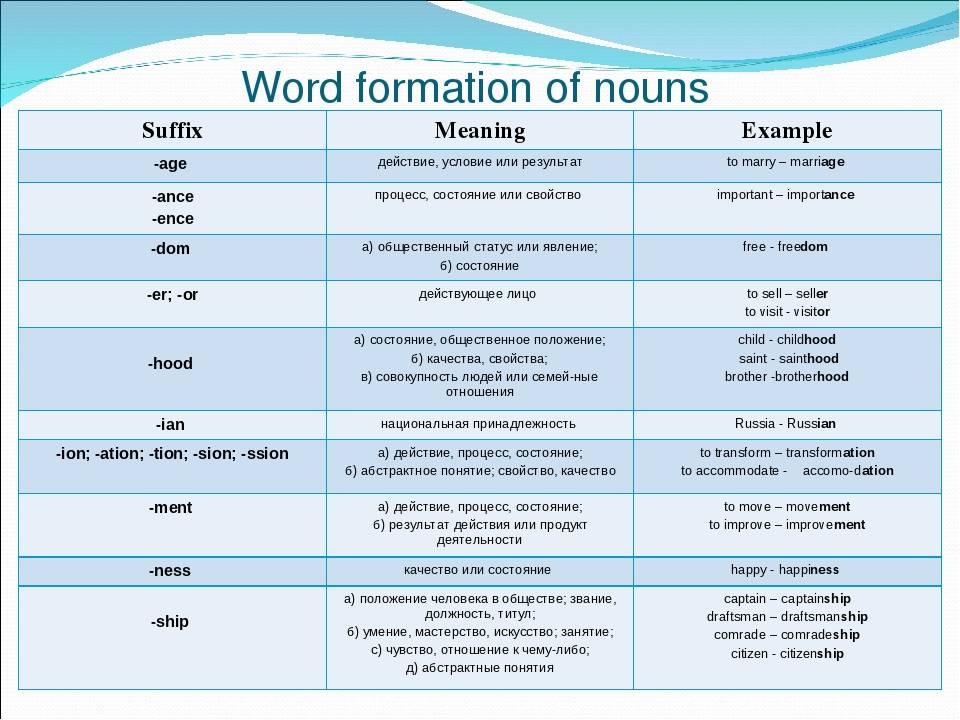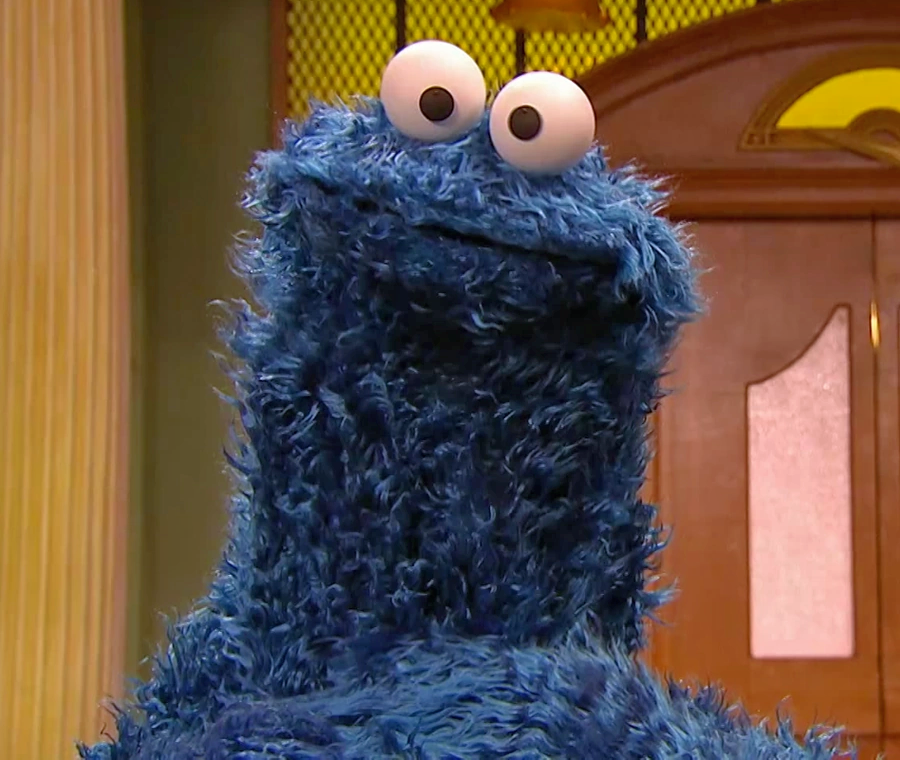Printable shape puzzle
Free Printable 2D Shape Puzzles
You are here: Home / Concepts / Math / 2D Shape Puzzles
By Shaunna Evans 2 Comments · This content may contain affiliate links.
There are so many fun shape recognition activities to do with preschoolers. There are plenty of ways to make learning shapes fun. You can use sensory play activities, art projects, and even pretend play to help your little ones learn more about shapes and their characteristics. This free printable set of 2D Shape Puzzles is a quick prep way to help preschoolers and kindergarteners practice shapes and shape word recognition.
2D Shape Puzzles Freebie
In this set of shape puzzles we’re using clip art pictures to show the shapes in different forms. We also have a set of photo shape puzzles if you’d like to use another format with real pictures.
There are a variety of ways to use these shape puzzle sets, and they are designed so that it is easy to remove a component in order to differentiate.
When working with multiple puzzles at once we recommend first sorting the pieces by shape and then working on the individual puzzle. This help break the task down so kids can focus on one step at a time.
You can also use the puzzle pieces without the word cards if you prefer.
If you’d like to make the puzzles self-checking, you may also add a sticker or colored dot on the corresponding pieces for each puzzle for children to check once they are finished putting the pieces together. However, this isn’t often necessary as the puzzles will only fit together if the correct pieces are chosen.
To make the activity a bit more playful and extend playtime you might also consider;
- Hiding puzzle pieces in a sensory bin with a favorite filler for kids to locate and sort the pieces before assembling the puzzles
- Hiding puzzle pieces around the room for a shapes scavenger hunt before having kids assemble the puzzles
RELATED: 25 Shape Books for Kids
The word cards can also be used to help kids learn to recognize the words in print:
- For kids who are just beginning to learn shapes, you might choose to use the simple shape cards with the shape names only.

- As kids are ready to work on shape words you might use the shape name cards as flashcards in order to have children repeat and learn the words.
Additional activities to extend learning:
- Have older children place the shape cards in alphabetical order
- Kids can copy the words onto paper to help practice writing shape words and working on their fine motor skills.
- Have kids find items around the classroom that correspond with each shape.
- Share snacks that correspond to certain shapes such as crackers for squares, ovals or circles, grapes for ovals, cheese for triangles, etc. and have them name the shapes.
Get the free printable 2D Shape Puzzles
This free printable includes 2D shape puzzles and word cards for the following shapes:
- circle
- triangle
- square
- rectangle
- oval
4-in-1 2D Shapes Digital Activities Bundle
This 4-in-1 bundle includes four interactive, self-checking games to help children practice identifying 2D shapes and their characteristics.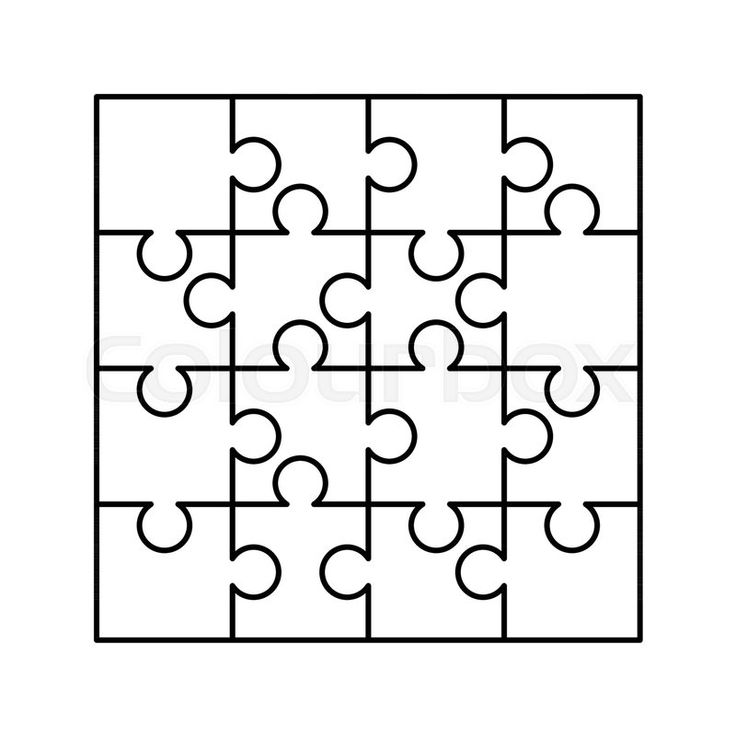
All four games can be used in Google Slides or Seesaw based on your preference.
These digital games can be used for:
- distance learning
- tablet or computer center options in the classroom
- whole group practice via a class projection device
- small group instruction with or without technology (printable pages are included)
Also available on Teachers Pay Teachers.
Filed Under: Kindergarten, Math, Preschool Tagged With: shapes
Reader Interactions
FREE Printable 2D and 3D Shape Puzzles
I always love when I come across an activity that can be used any time of the school year. These super cute shape puzzles printable help children learn to recognize both 2d and 3d shapes kindergarten, preschool, and pre-k students . These
printable shape puzzles are perfect for both introduction or review of shapes. Simply print free printable shape puzzles pdf file with 3d shape puzzle and you are ready to play and learn with this shape activity for kids.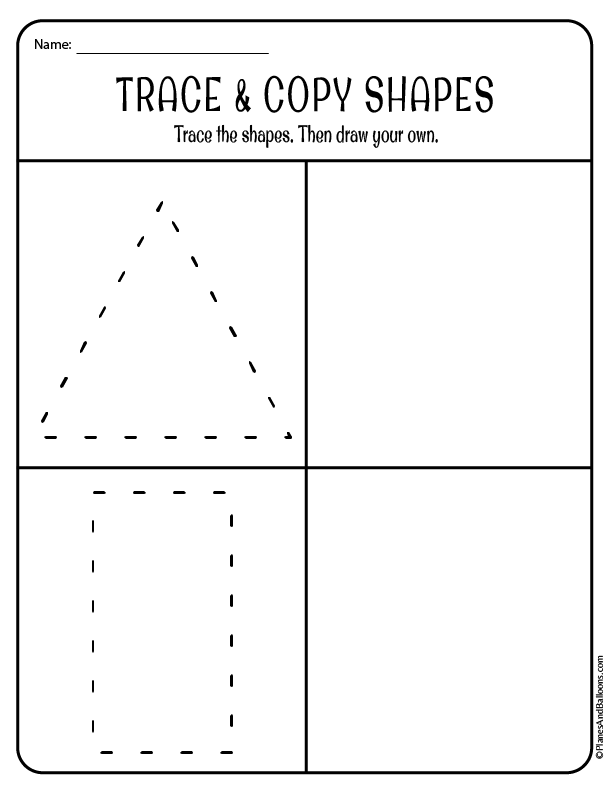
Shape puzzles printable
Help kids learn about 2d and 3d shapes for kids with this fun, free printable shape puzzles! There are 10 different free printable shape puzzles in this set. Each shape games covers a different 2D or 3D shape including rectangle, square, circle, diamond, hexagon, octagon, oval, pentagon, and triangle shapes for kids. Print in color or black and white option. Whether you are a parent, teacher, or homeschooler – you will love adding this shape activity for kindergartners and preschoolers to your math center or hands-on math activity. You will love that this activity includes both 2d and 3d shapes game and 3d shape games.
Printable shape puzzles
Start by scrolling to the bottom of the post, under the terms of use, and click on the text link that says >> _____ <<. The shape puzzle printable pdf file will open in a new window for you to save the freebie and print the template.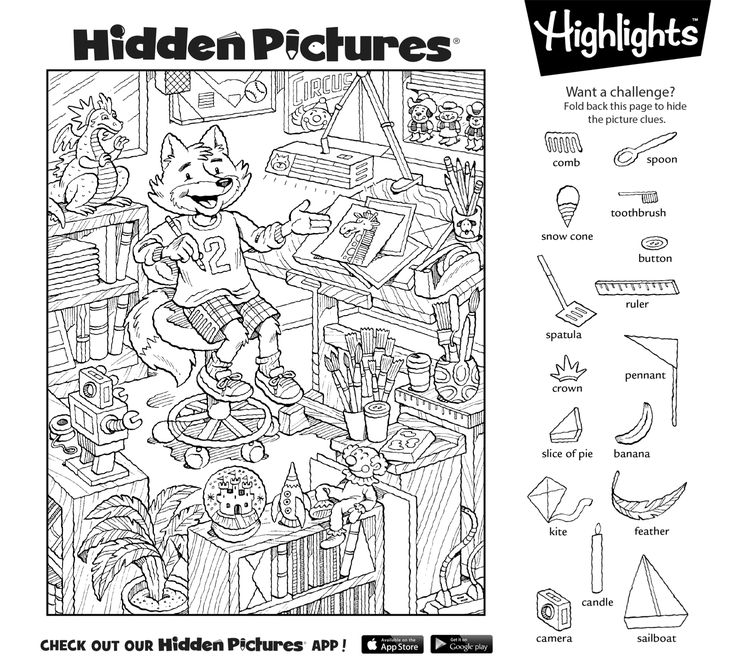
Free printable shape puzzles
It is recommended that you print these on cardstock and laminate prior to use. This will allow you to reuse this printable year after year!
All you will have to do to prepare this shape game is to cut the puzzles out. I always find it easiest to use a paper cutter to cut the individual puzzles and then go back with scissors to cut out the three different pieces.
Shapes puzzle printable
Students will start this shape game for kids by placing all of the pieces on a table or floor.
They will then need to choose a puzzle piece. This students chose a rhombus shaped puzzle piece. I always encourage my students to say the shape out loud. You can even encourage them to trace the shape with their finger.
Shape puzzle printable
Students will then search through the remaining puzzle pieces, looking for matching shape puzzles.
3d shape puzzle
Once all three pieces are there, the puzzle is complete.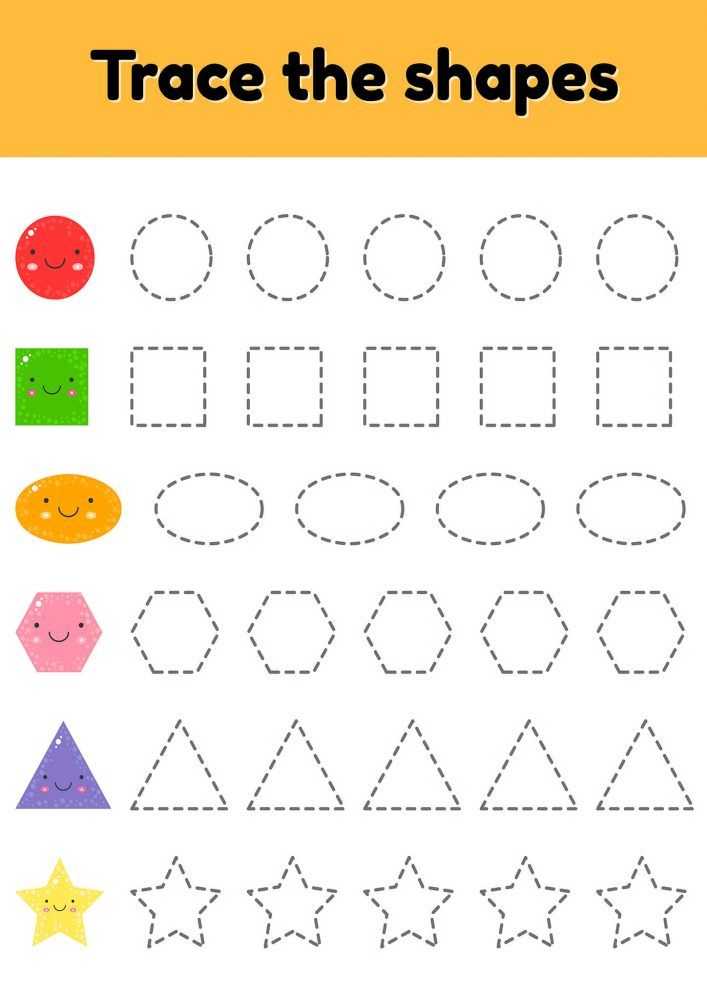
2d shape puzzles
This preschool shapes set also comes with a black and white option. This will save you ink and allow your students to take ownership of their shape puzzles.
Shape puzzles
If you think that your students would struggle with have three puzzle pieces for all ten puzzles, take the middle piece out of the mix and students will just match two shapes together.
Math Activities for Kindergarten
Looking for more early math activities to make learning to count, add, shapes, and more FUN? Check out these free resources:
- Hoppy Frog Math Game (addition within 10 and addition to 20)
- Goldfish Kindergarten Subtraction Games
- Blowing Bubble Math Worksheets
- Smores Free Kindergarten Math Worksheets
- Hands-on Estimation for Kindergarten Activity
- Snowball Sorting Odd and Even Math Activities
- Bug Measuring Kindergarten Worksheets
- Roll to 100 Counting Game
- Flower Shape Kindergarten Math Crafts
- Kids will have fun as they color and learn with these Ordinal Number Worksheets
- Spring Kite Skip Counting Craft
- Pirate I Spy Worksheets
- Engaging, Reusable Kindergarten Math Worksheets pdf
Maths Worksheet for ukg
- Crack the Code Worksheet Pages for Kindergarten and first graders
- Insect Telling Time Puzzle to the hour and half hour
- Free Printable Coin Worksheets – color by coin
- Cute Skip Counting Puzzles – huge pack of free skip counting games
- Tens and Ones Worksheets pdf for Kindergarters to practice place value
- Fun Hundreds Chart Battleship
- Geoboard Activities
- Watermelon Kindergarten Math Activities
- Months of the Year Activities – learning sequencing with craft sticks
- Tic-Tac-Toe Printable Addition Games
- Dinosaur Theme Kindergaten Math Worksheets
- What Comes Next Kindergarten Math
- Free Ice Cream Math Worksheets
- Sandcastle Subtraction Craft – free printable math craft to solve, cut, and paste
2d and 3d shapes game
Before you grab your free pack you agree to the following:
- This set is for personal and classroom use only.
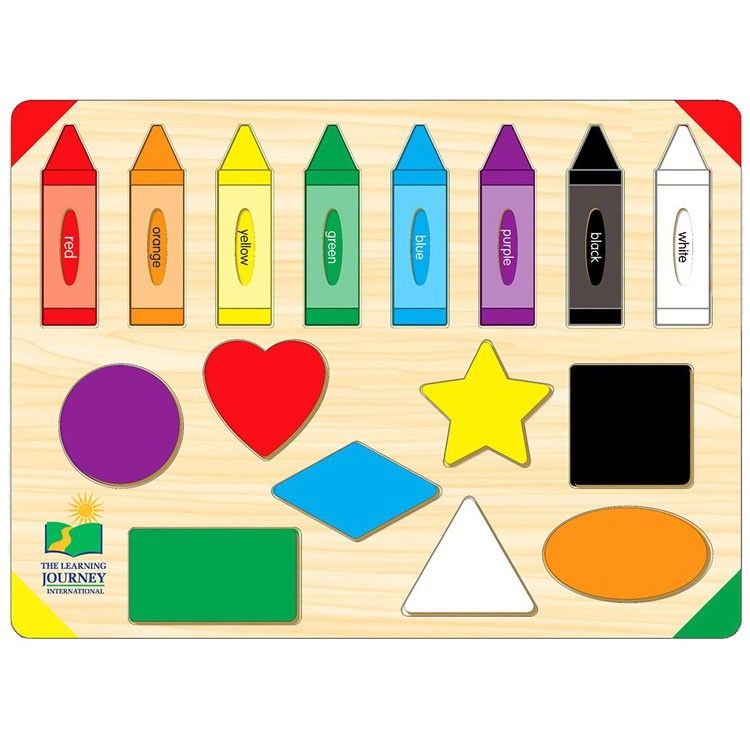
- This printable set may not be sold, hosted, reproduced, or stored on any other website or electronic retrieval system.
- Graphics Purchased and used with permission from
- All materials provided on this blog is copyright protected.
>> 2D and 3D Shape Puzzles<<
Beth Gorden
Beth Gorden is the creative multi-tasking creator of 123 Homeschool 4 Me. As a busy homeschooling mother of six, she strives to create hands-on learning activities and worksheets that kids will love to make learning FUN! She has created over 1 million pages of printables to help teach kids ABCs, science, English grammar, history, math, and so much more! Beth is also the creator of 2 additional sites with even more educational activities and FREE printables – www.kindergartenworksheetsandgames.com and www.preschoolplayandlearn.com
How to learn how to solve a Rubik's Cube and how much it costs
Alexandra Pavlova
mother of a speedcuber
Two years ago, my almost seven-year-old son became interested in speedcubing - the speed assembly of the Rubik's cube and similar puzzles.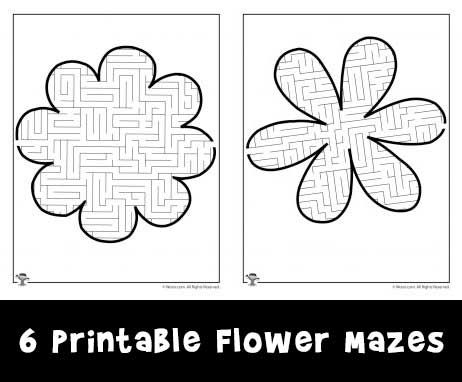
During this time, we have collected a collection of 20 cubes and spent more and more 7000 R. I will tell you how expensive puzzles differ from cheap ones, how to choose them and where to learn how to solve a Rubik's cube in a matter of seconds.
What is Speedcubing
In 1974, the Hungarian architect Erno Rubik invented a puzzle and called it the "magic cube". In 1975, he patented the invention, and in 1977, the first batches of magic cubes went on sale. However, the author's name did not stick - now we call this puzzle just a Rubik's Cube.
Official website of the Rubik's Cube
The standard 3 × 3 × 3 Rubik's cube consists of 26 elements and a cross hidden in the center. It has six faces, each of which can rotate around the internal axis and has its own color: white, yellow, red, orange, blue, green. There are nine squares on one face: one center, four corners and four edges.
In the simplest Rubik's Cube, the centers of each face are fixed on the cross with screws with springs.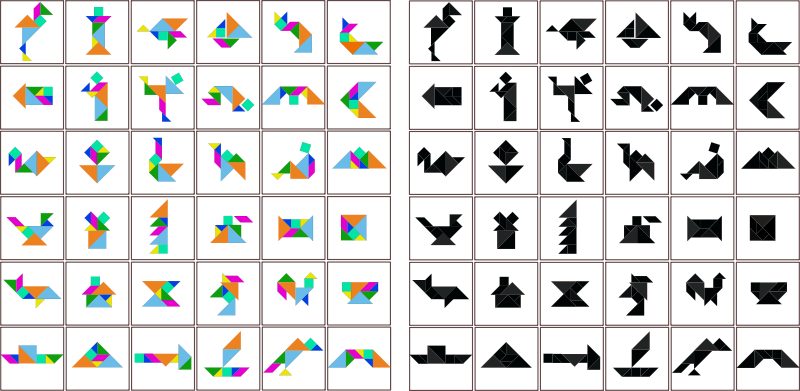 The remaining elements are connected to each other thanks to grooves and recesses on the inside.
The remaining elements are connected to each other thanks to grooves and recesses on the inside.
The Rubik's Cube quickly gained popularity first in Hungary and then all over the world. People enthusiastically twisted the puzzle, trying to bring it back to its original form.
~43
quintillion combinations a Rubik's Cube can have
At first it seemed like a daunting task, but it soon became clear that the Rubik's Cube was assembled according to certain algorithms. Having understood them, enthusiasts began to train to collect cubes for a while - such an activity became known as speedcubing.
How my son got interested in speedcubing
At the end of 2019, my son started watching Yevgeny Bondarenko's YouTube channel: many of his videos are dedicated to the Rubik's Cube and other mechanical puzzles.
The son did not purposefully look for information about cubes and, in principle, he never got carried away with them - he just happened to see a video in the recommended one.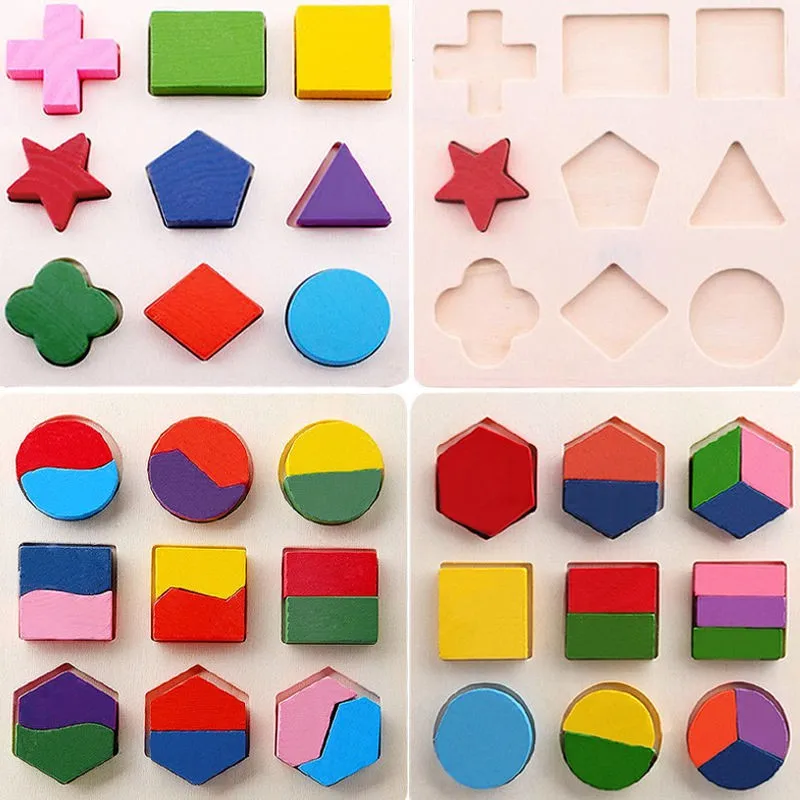 But after watching, he was very inspired and said that he wanted to become a speedcuber - a person who collects these puzzles for a while.
But after watching, he was very inspired and said that he wanted to become a speedcuber - a person who collects these puzzles for a while.
So the first cube for 300 R appeared in the house, which we bought at the nearest newsstand. It was a "tent" - a low quality cube.
/list/hobby-for-evening/
Hobby for one evening: 10 ready-made kits for creativity
Our first Rubik's Cube for 300 RMy son tried to solve the cube using instructional videos: he watched, rotated the edges, paused when did not succeed. Then I repeated from memory - I did it in about 2 minutes.
After that, he began to study the topic more deeply: there are many instructions on the Internet, following which you can understand the assembly algorithm. For example, he used detailed instructions for beginners from the website of the Speedcubing School cccstore.ru. After a couple of weeks, he collected the cube from any position twice as fast - in just a minute.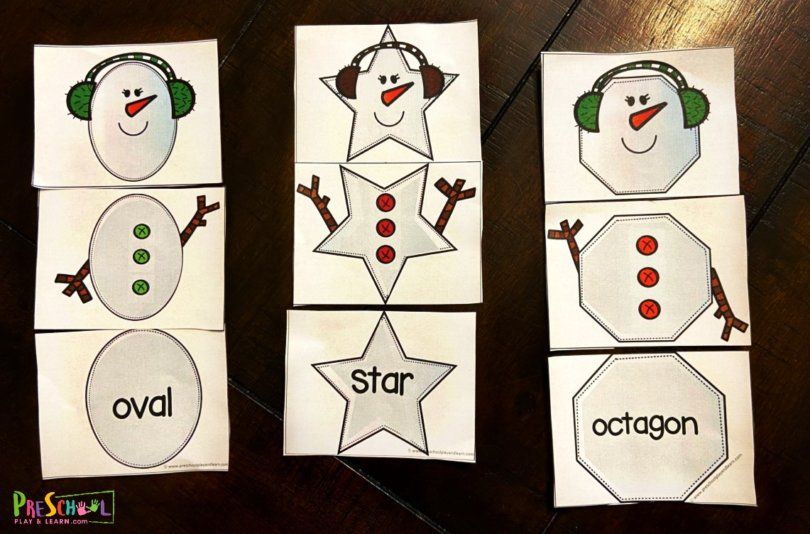
But that wasn't enough. When the son found out that there is not only a Rubik's cube, but also many other different puzzles, he became interested and wanted to learn how to solve them all. I will tell you about the most popular puzzle modifications.
Why it is important to buy branded puzzles
Puzzles are branded and not.
Non-branded bricks can be found in newsstands or cheap toy departments. Speedcubers call them "tents" - by analogy with the place where they are most often sold.
Such puzzles cost from 120 R, but they can creak during rotation, sometimes jam and often do not rotate very smoothly and quickly. With such cubes, it is unlikely that you will be able to achieve good results in speedcubing.
Branded puzzles from well-known manufacturers. These include, for example, MoYu, Gan, Rubik's, YuXin, QiYi MoFangGe.
These cubes are made of high quality plastic and the parts rotate easily.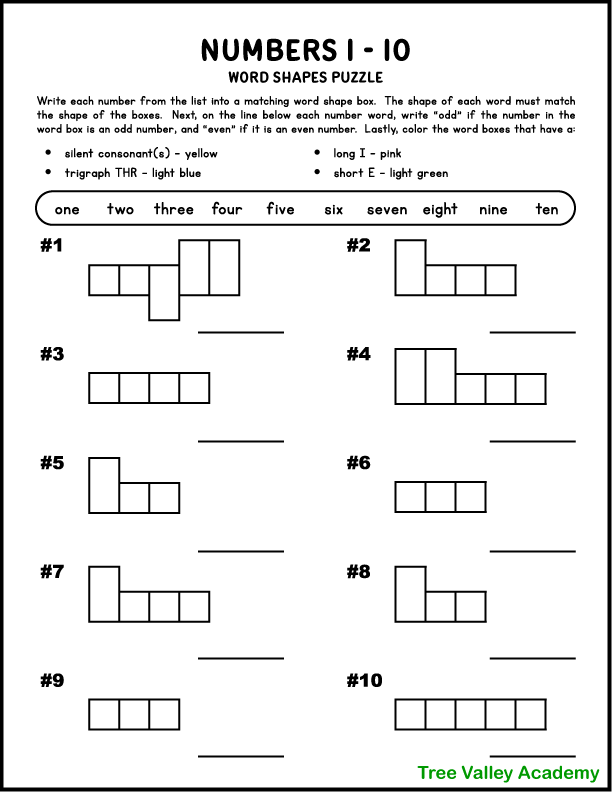 They are nice to hold in your hands. Speedcubers are also called speedcubers, which means that the cube is suitable for temporary assembly: it is well assembled, rotates quickly and easily enough.
They are nice to hold in your hands. Speedcubers are also called speedcubers, which means that the cube is suitable for temporary assembly: it is well assembled, rotates quickly and easily enough.
The price of branded cubes starts from 240 R and can reach several thousand.
Of course, as in any other field, you can buy a cheap thing - in this case, a "tent" - and it will turn out to be of quite good quality, it will be pleasant to spin it. Or you can spend a tidy sum on a branded puzzle and get upset because the elements do not rotate as expected. But in my opinion, buying branded puzzles is a more reliable option for those who want to seriously assemble them.
What are the shapes of puzzles
It all started with a cube, so this is probably the most popular form of the puzzle. But there are others: dodecahedrons, prisms, cylinders, tetrahedra, consisting of eight or several hundred elements. There are a lot of forms, I will tell you about several popular options.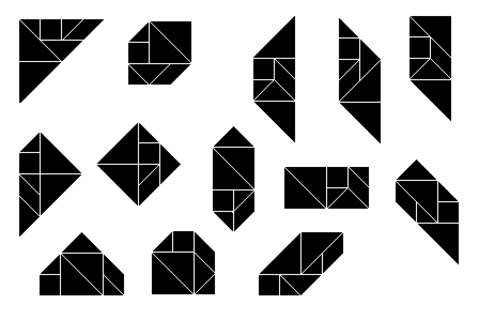
Pyraminx. This is a regular tetrahedron: each of its faces is divided into nine regular triangles. The puzzle is simple, my son puts it together in 10-12 seconds. I can also assemble it, but I need more time - 18-20 seconds.
/razvivashki/
In a year I spent 6587 R on educational notebooks for a child
Skyube. This is a cube-shaped puzzle, but unlike the classic Rubik's Cube, rotation occurs using four axes parallel to the diagonals of the cube.
This cube is easier to solve than the standard 3 × 3 × 3. It took about a minute for my son to solve it the first time. Now he needs 12-17 seconds.
Square-1 . Outwardly, it resembles a Rubik's cube, but the elements of the puzzle have different shapes, so when rotated, it changes a lot and can turn into something shapeless.
For my son, this puzzle is the most difficult - he can put it together for several hours.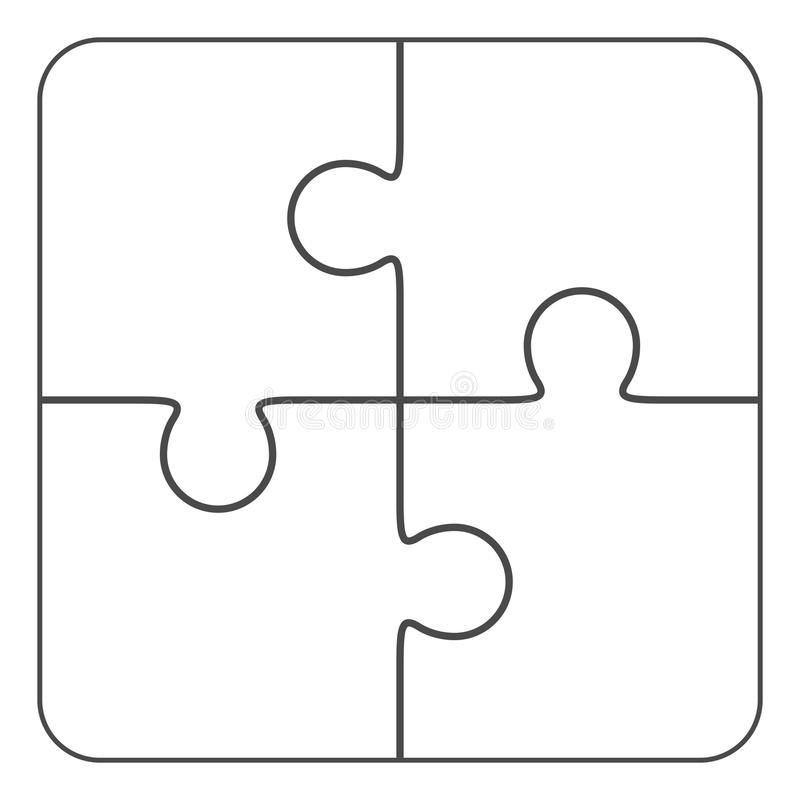
Megaminx. Puzzle in the form of a dodecahedron. It has 12 faces and 62 visible moving parts.
By the principle of assembly, the puzzle resembles a 3 × 3 × 3 cube. We do not have it, but there is a kilominx - it also has 12 faces, but fewer details.
Clover Cube with clover leaf details. The rotation of the parts occurs around the edge elements. The son collects it for a long time, about an hour.
Another difference between puzzles
Puzzles have additional elements that make them easier to assemble. Sometimes they are found separately, and sometimes they are combined with each other.
Special grooves on the inner surface of the elements reduce the friction of parts during assembly - this makes it easier to rotate the cube. If the speedcuber uses lubricant, the grooves help distribute it evenly over the inner surfaces of the elements.
The iconic honeycomb among speedcubers from puzzle maker Gan Adjustable nuts with different spring rates.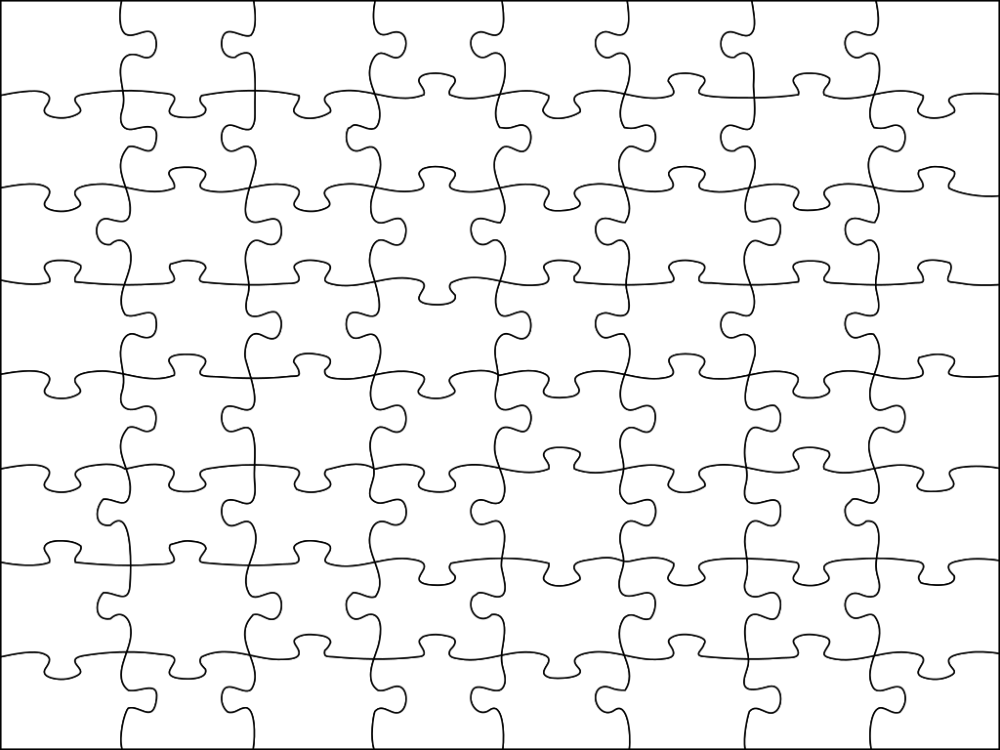 The rotation speed of the cube can be adjusted. In the center of the simplest cubes there is a screw that can be tightened: the tighter it is tightened, the more difficult the parts turn. But if you loosen it too much, then the cube spins more easily and can become uncontrollable. Then the faces will rotate too fast and turn further than necessary, and the elements will seem to cling to each other.
The rotation speed of the cube can be adjusted. In the center of the simplest cubes there is a screw that can be tightened: the tighter it is tightened, the more difficult the parts turn. But if you loosen it too much, then the cube spins more easily and can become uncontrollable. Then the faces will rotate too fast and turn further than necessary, and the elements will seem to cling to each other.
Some cubes can be adjusted with nuts. Unlike a screw, nuts are easier to adjust evenly and achieve the optimal quality of cube rotation.
The magnets in the cube elements save time turning edges and improve the control of the puzzle when rotating.
Cubes differ in the number of magnets, their strength and the possibility of its adjustment. The main rule: the more powerful the magnets, the better the edges turn and fix. Many speedcubers say that any magnetic cube is better than a good non-magnetic one.
Magnets can be on the cross instead of springs, in the center of the cross - between the axes, in the cube elements themselves - in the corners. This cube contains magnets inside the elements: they can be seen on the white corner between the blue and yellow faces
This cube contains magnets inside the elements: they can be seen on the white corner between the blue and yellow faces One of the latest innovations is the Maglev series of cubes, which means "magnetic levitation". In them, magnets are located under the nuts instead of springs. They are turned to each other with the same poles, so they repel each other and seem to float in the air - they levitate.
To adjust such a cube, it is enough to change the repulsion force of the magnets. If you increase the distance between them, then the magnets will repel less, and the cube will rotate more freely and faster. If you decrease it, the rotation will become stiffer and the cube will be easier to control. That is, it is about the same as tightening a screw on an ordinary cube.
Smartphone connection. In a special application, all rotations of the faces of the cube are displayed in real time - with the help of this application, the application can tell the speedcuber assembly algorithms.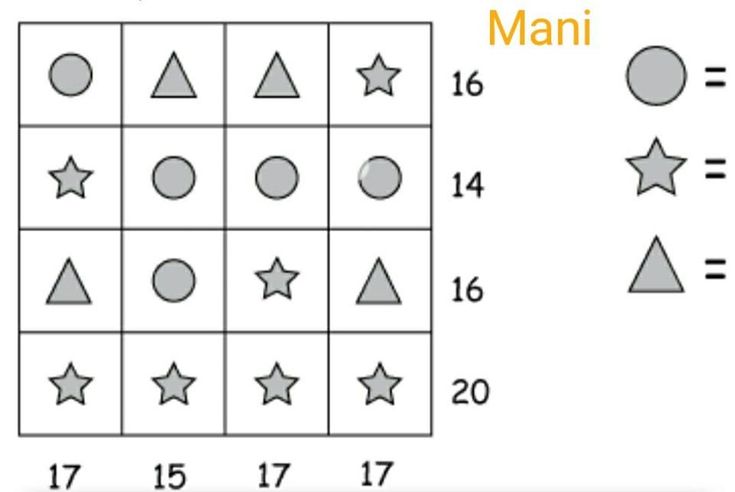 The application also helps to keep build statistics and compete online with other speedcubers.
The application also helps to keep build statistics and compete online with other speedcubers.
Such cubes are called smart - Rubik's, Go Cube, Gan, Xiaomi have them.
How much we spent on the first cubes
At first, we bought cubes wherever we could: in Galamart, Detsky Mir, Sweet Home, small shops in the shopping center.
I ordered one puzzle from Ozone. It cost 349 R, turned out to be branded and of fairly good quality. My son still spins it with pleasure.
And one day they bought something at the railway station. While waiting for the train, we walked around the nearby retail outlets and found cubes there, the existence of which the son did not even suspect. They helped out a lot on the road.
/toys-savings/
How I started saving on children's toys
Showcase of a small toy store in a mall. We also bought several cubes here. The son is assembling a cube container, bought in one of the station kiosks The quality of the puzzles varied from terrible to good.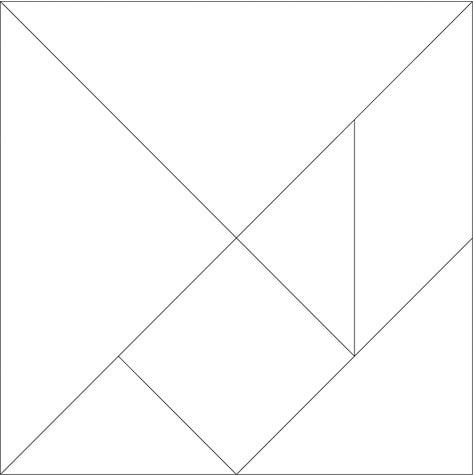 At that time, I didn’t understand them at all, and the child made a choice according to the principle “Wow, how unusual!” or "I don't have one yet!".
At that time, I didn’t understand them at all, and the child made a choice according to the principle “Wow, how unusual!” or "I don't have one yet!".
The most expensive purchase in that period was a 4 × 4 × 4 cube for 550 R. The quality of its rotation turned out to be significantly better than that of puzzles for 250 R.
The same cube for 550 R. It spins smoothly and quite quickly. Elements do not jamAt first, I did not take my son's passion seriously. But gradually I began to notice that he was collecting cubes faster and faster. And then I myself wanted to learn. Then we decided to approach the matter thoroughly.
In YouTube videos, speedcuber bloggers often advertise large online puzzle stores. I studied many, but settled on three: cccstore.ru, speedcubes.ru and cubemarket.ru. They have a large assortment, high-quality photos and a clear description.
Together with my son, we watched dozens of video reviews about cubes, in most cases on the websites of the mentioned stores.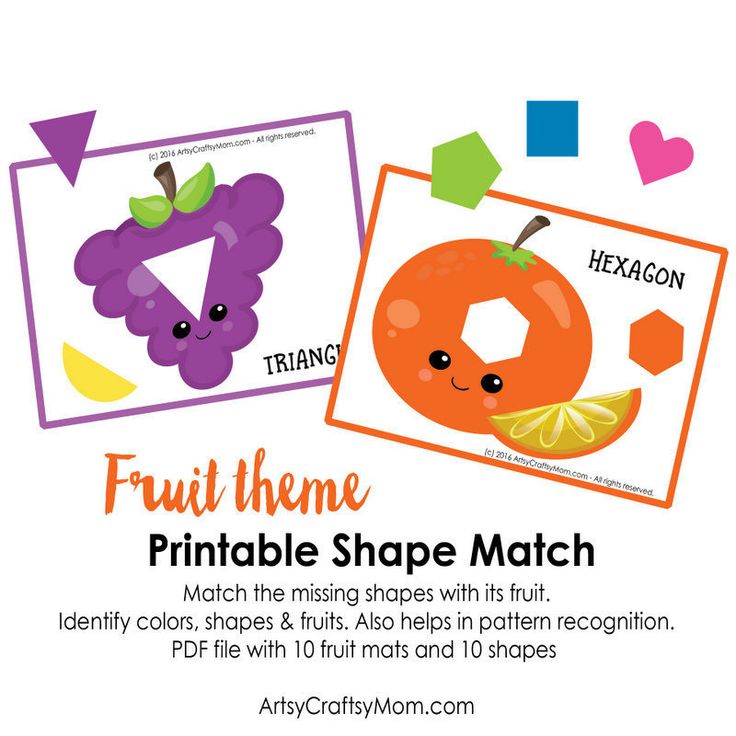 We got acquainted with the most famous puzzle manufacturers. And they began to order branded puzzles.
We got acquainted with the most famous puzzle manufacturers. And they began to order branded puzzles.
5670 R we spent on a collection of 18 "tent" cubes
| Puzzle | Price |
|---|---|
| Cube 4×4×4 | 550 P |
| Cube 5×5×5 | 480 R |
| Mastermorfix | 450 P |
| Cube 3×3×3 of colored plastic | 350 R |
| Skewb | 350 R |
| Cube-apple | 350 R |
| 3 × 3 × 3 cube made of colored plastic with carbon stickers | 300 R |
| Clover Cube | 300 R |
| Kylominx | 300 R |
| Barrel Cube | 300 R |
| Cube 2×2×2 | 280 R |
| Square-1 | 280 R |
| Pyraminx | 250 R |
| Axis cube | 250 R |
| Cube container | 250 R |
| Cube Mill | 250 R |
| Mirror cube, mirror | 200 R |
| Star Cube 3 × 3 × 1 | 180 P |
puzzle
Price
Cub 4 × 4 × 4 × 4
550 R
Cube 5 × 5 × 50003
450 p
Cub 3 × 3 × 3 of color plastic
350 R
Skure
9000 350 RCub-Yobloko
9000 350 RCub 3 × 3 × 3 from color plastic with carbon stickers
300 R
Clover-Kub
300 R
kiluminx
300 R
Cub-batch
300 R
Cub 2 × 2
280 R
Square
280 R
Pyraminx
250 R
Aksis Cub
250 R
Container-Cub
250 R
Cub-Moles
250 R
MIRRUROR-CUB, MIRRAMED
200 R 9000
Cube-star 3 × 3 × 1 1 1 1 1 1
180 Р
How much branded puzzles cost
Prices for high-quality 3 × 3 × 3 magnetic cubes usually start at 440 Р: for example, for this money you can buy a 3 × 3 × 3 MoYu magnetic cube. A smaller cube of the same firm - 2 × 2 × 2 - can be taken for 420 R.
A smaller cube of the same firm - 2 × 2 × 2 - can be taken for 420 R.
However, the average price for good speed cubes is usually higher: for a “kopeck piece” - from 700 to 1000 R, for a “three-ruble” the range is wider - from 1000 to 3000 R. There are models for 5000-6000 R.
From the whole variety we chose Gan 356 RS 3 × 3 × 3 for 990 R as the first speed cube. First of all, we focused on the price, up to 1000 R, and the company. Gan is a cool dice maker, constantly releasing new items and working on improving puzzle designs.
In addition, my son wanted a cube without magnets. He said that it was important for him to independently control the cube and learn how to turn it, and magnets would make his task easier, and he would not be able to see his mistakes in torsion.
We ordered a cube on cccstore.ru, received a branded sticker as a gift and decorated a simple puzzle with it. Compared to ordinary "tents", this one is just a delight! It flies in the hands, although it seemed to me a little lax.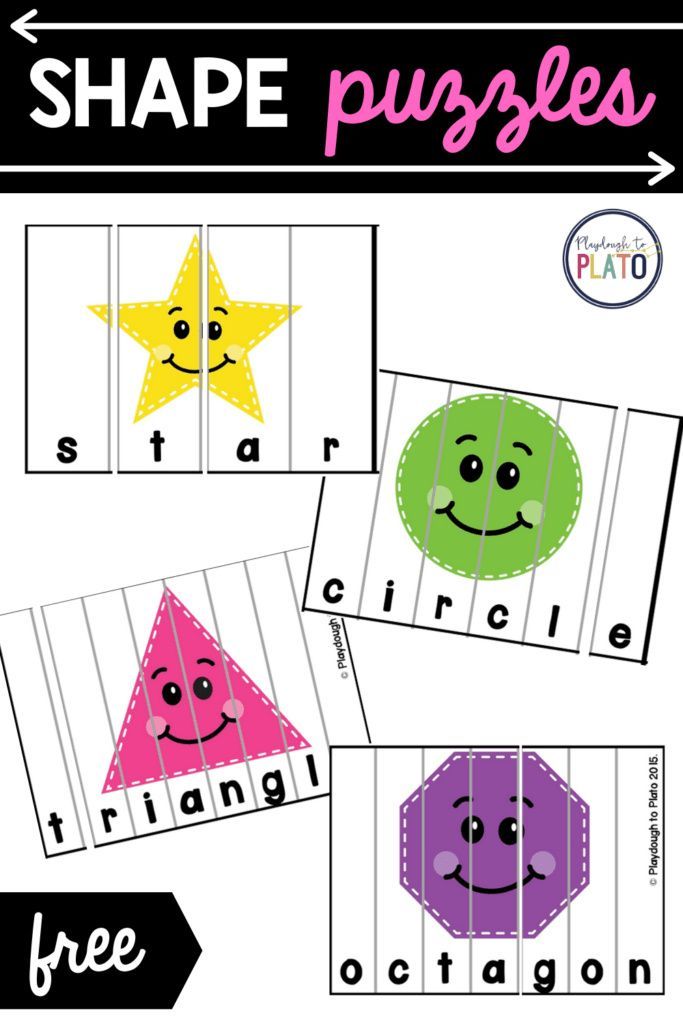 But the son almost does not let him out of his hands.
But the son almost does not let him out of his hands.
We also ordered a budget magnetic cube 2 × 2 × 2 from QiYi MoFangGe for 550 R. It has magnets, but they are not configurable. Complete with the puzzle received a plastic box.
You can find cheaper options on Aliexpress. Many speedcubers keep track of new items, promotions and make bargains there. But for myself, I do not consider this option because of one bad experience: the delivery was long, the goods arrived defective, and the seller did not return the money for a long time.
Does the price of a puzzle affect its quality?
I asked speedcubers I know this question. Here is what they told me.
Mikhail Tokarev
participant in international online speedcubing competitions
First of all, the assembly results depend on the skills of the speedcuber itself. For example, with a 3 × 3 × 3 die for R500, my results are better than with a die that costs more than 2000 R: it is too uncontrollable and uncomfortable for me.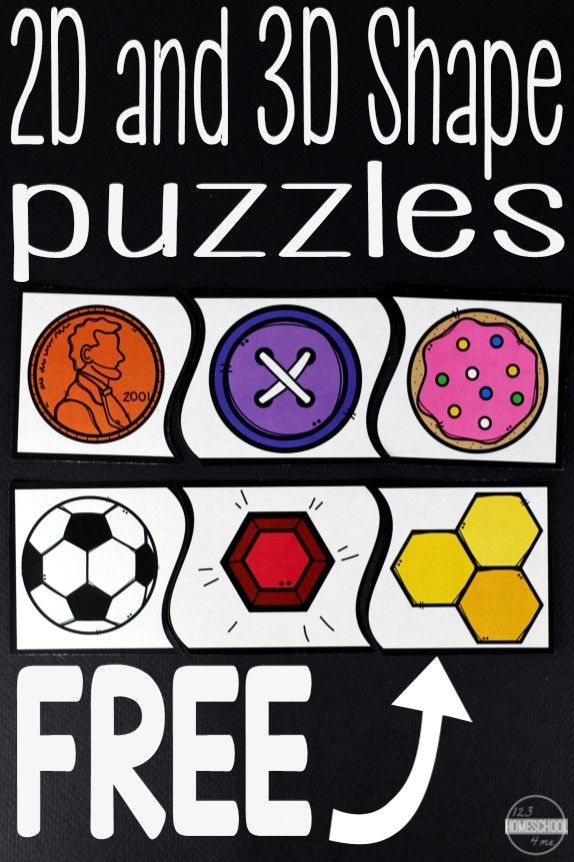 As for the big cubes, especially the 6×6×6 and 7×7×7, I would look towards the more expensive models. Often the best option is somewhere between cheap and expensive.
As for the big cubes, especially the 6×6×6 and 7×7×7, I would look towards the more expensive models. Often the best option is somewhere between cheap and expensive.
About the difference between expensive and budget cubes, I can say the following: there are many good cubes that are not inferior to the top ones, but are much cheaper. Even many world record holders are now participating in some disciplines with relatively cheap dice - this says a lot.
Vladimir Kovganov
has been speedcubing for one year
In order not to miscalculate the choice of cube, it is better to look at reviews on it and, if possible, come to the showrooms of different stores and try to spin the cubes yourself.
Dmitry Krasnoshchekov
participated in two speedcubing competitions
With cubes for 200 and 1500 R I show the same result - the price of the puzzle did not affect him.
At first, the son often chose non-standard cubes: he was interested in different shapes.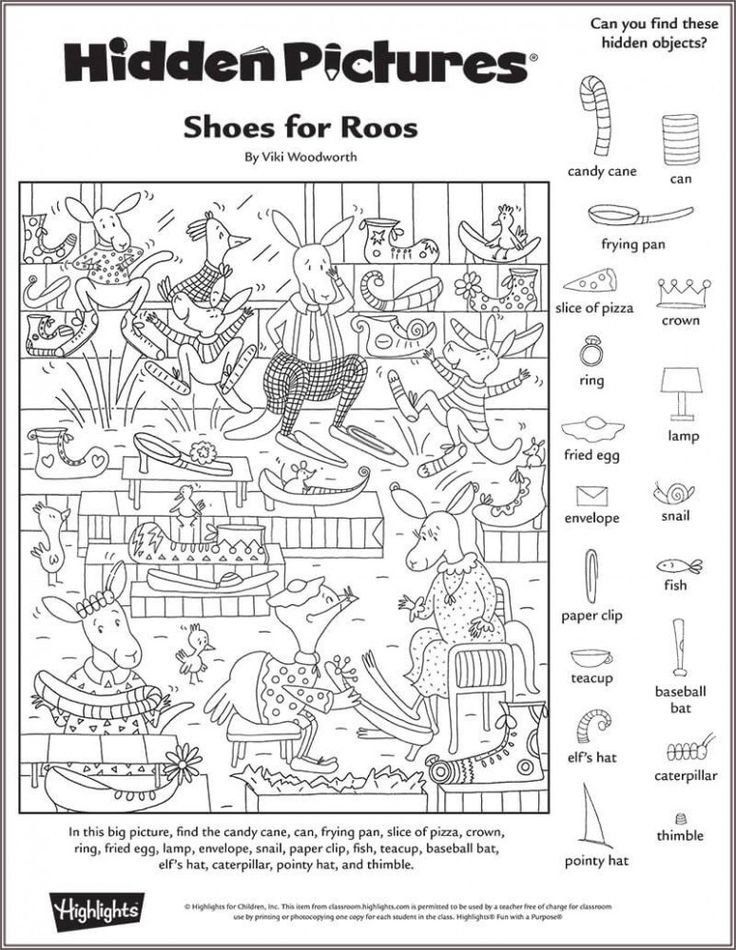 But in the end, he decided to pay more attention to those puzzles that participate in official competitions: in the future, he would like to take part in them.
But in the end, he decided to pay more attention to those puzzles that participate in official competitions: in the future, he would like to take part in them.
1540 R we spent on branded cubes
| Cube 3 × 3 × 3 Gan 356 RS | 990 R |
| 2 × 2 × 2 Magnetic Cube from QiYi MoFangGe | 550 P |
Cube 3 × 3 × 3 Gan 356 RS
990 Р
Magnetic cube 2 × 2 × 2 from QiYi MoFangGe
550 Р
What accessories are needed for the Rubik's cube
In addition to puzzles, the speedcuber will need accessories, although, in my opinion, it is quite possible to do without them. I'll tell you what they are.
Puzzle lubricants. Reduce the friction of plastic parts, prolong the life of the cube and affect the quality of its rotation. Liquid lubricants increase the speed of rotation of the puzzle, thick lubricants increase control over it. They can be mixed to achieve the desired effect.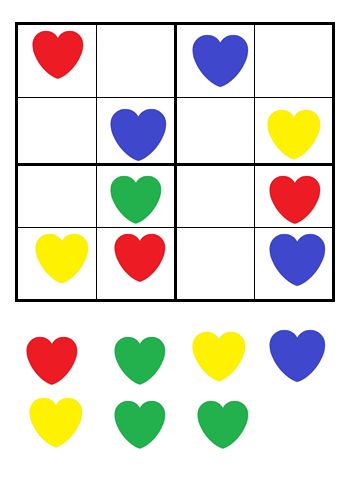
/list/ali-puzzle/
15 unusual puzzles from Aliexpress for all ages
Lubricant is used sparingly, so it is usually sold in 3, 5 or 10 ml, although there are also 20, 100, 150 ml. Prices start at 100 R. Some of the most expensive are Maru lubricants: for example, for 10 ml of Maru Cushion you will have to pay about 650 R.
We have Gan Magic grease - we took it specifically for the Gan cube, which is fast enough. The son wanted to make the rotation more controlled - such a lubricant is suitable for this. On "Ozone" it cost 224 R.
Gan Magic lubricant volume - 10 ml. This will be enough for my son for a long time Timer. Tracks build time. The speedcuber puts his hands on it before starting the assembly and immediately after he makes the last movement on the cube. Timers recognize hand movements using sensors and record assembly time with an accuracy of up to thousandths of a second. The average price range is from 1000 to 4000 RUR.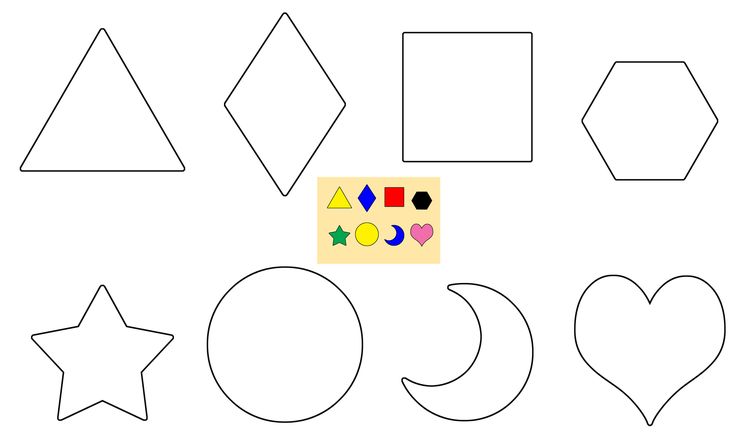
We do not have a timer for speedcubing. We use an online timer on cubingtime.com, a stopwatch on a phone, or a special Twisty Timer application.
Twisty Timer:
Android,
iOS
The application is convenient because there is an opportunity to choose the type of cube to be collected. Additionally, the application has scrambles - instructions that help confuse the cube. The app also allows you to track progress: it saves the time and number of builds.
Such a Gan timer costs 2600 R. Source: cubes.in.uaMat. Needed so that when falling on the table, the puzzle does not receive mechanical damage. The cube falls on each build: the speedcuber almost always throws it to put his hands on the timer faster and fix the time.
May have special fasteners in the form of buttons for fixing the timer. On average, prices for a mat range from 500 to 1200 R. Some manufacturers sell kits: a mat and a timer. You can buy these on average for 1600-2500 RUR.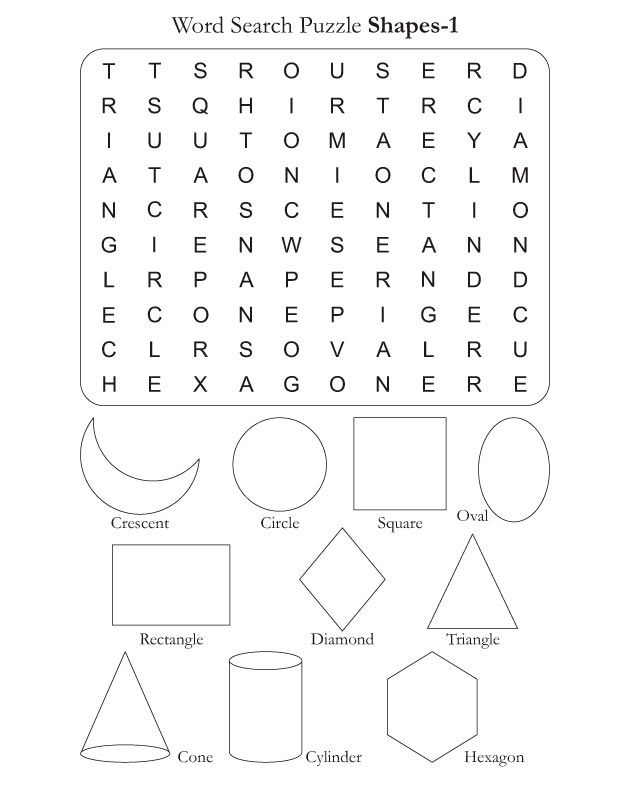
Plastic boxes, bags, pouches, pencil cases and cases. Needed for storing and transporting puzzles to protect them from dust and damage. Approximate prices for bags and boxes are 100-200 R, for cases, pencil cases and bags - from 350 to 1000 R. Sometimes plastic boxes and bags come with a cube.
Also available are stands for dice, for some models - spare parts, interchangeable stickers to indicate the color of the face or just the decoration of the puzzle.
This is what the plastic box and stand for the Rubik's Cube looks like. Source: Nikita ChesnokovHow to learn how to solve puzzles
We did not spend a single penny on learning speedcubing: there are many sites on the Internet with educational materials on a variety of puzzles.
We started with simple methods for beginners, and now we have switched to advanced - high-speed ones. The son actively trained and trains the assembly of the 3 × 3 × 3 cube. This is his main cube - on average, he solves it in 25 seconds. He devotes a little less time to the 2 × 2 × 2 cube, scube and pyraminx. These puzzles are simpler, so he can assemble the same “kopeck piece” in 6-8 seconds, and pyraminx in 10-12.
The son actively trained and trains the assembly of the 3 × 3 × 3 cube. This is his main cube - on average, he solves it in 25 seconds. He devotes a little less time to the 2 × 2 × 2 cube, scube and pyraminx. These puzzles are simpler, so he can assemble the same “kopeck piece” in 6-8 seconds, and pyraminx in 10-12.
3.47
seconds current record for solving 3 × 3 × 3 cube
In two months and I learned how to solve skewb, 2 × 2 × 2 cube and pyraminx. I'll tell you what resources we used for this.
YouTube. This is the main source of information on puzzle assembly. We watch the channels of Yevgeny Bondarenko, Alexei Yakushechkin, Maxim Chechnev, Anna Fomina - Anny Cubes, Kubik TV, CCC Store, Prokuber.
Everything is explained as clearly as possible. My son has been learning how to solve puzzles since the age of six and a half, and even at this age he was able to figure everything out on his own - from the correct placement of fingers on a puzzle to complex algorithms.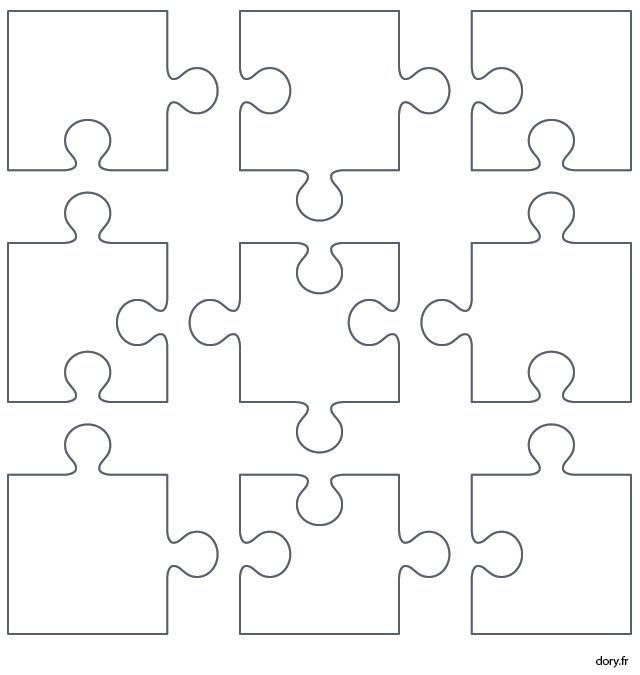
Websites with educational materials. The sites have more visual structured material - algorithms for assembling the most common situations on the cube. We used the sites speedcubing.ru and cubeskillscom.
Speedcubing has a lot of useful and understandable information. The advanced assembly methods were especially useful to my son.
Cubeskills is an English-language site, but much is clear without translation. To watch the video, you need to register, some training materials can be downloaded. Video lessons here are conducted by Felix Zemdegs, a legendary figure in speedcubing: he has more than 100 world records.
For convenience, the son writes down some algorithms in a notebook and even draws diagramsI know that there is a book "How to solve a cube" by Diana Murnik and Roman Strakhov. But we did not buy it: the son said that the Internet was enough for him.
Where speedcubers find each other
Collecting puzzles alone is boring: there is no one to discuss novelties, compete in speed and ask for advice on which cube to choose. Therefore, speedcubers have thematic groups and communities.
Therefore, speedcubers have thematic groups and communities.
Cubing Time website . This is a real social network for speedcubers with an online timer, personal pages of speedcubers, ratings and tasks for assembling puzzles - they are called contests. Almost 90 thousand people are registered on the site. There you can find friends, chat, create "rooms" and train with specific people.
"Cubing Time" - a social network for speedcubers
Several times we created "rooms" ourselves, but more often the son joins someone. The site has "rooms" with a password - for its own, and there are open ones - anyone can join the assemblies there.
Son's profile on the Cubing Time websiteSpeedcubing Federation resources. This organization helps Russian speedcubers hold meetings, themed events and competitions with the help of the website and the Vkontakte group.
A group of speedcubers in Orenburg, where we live.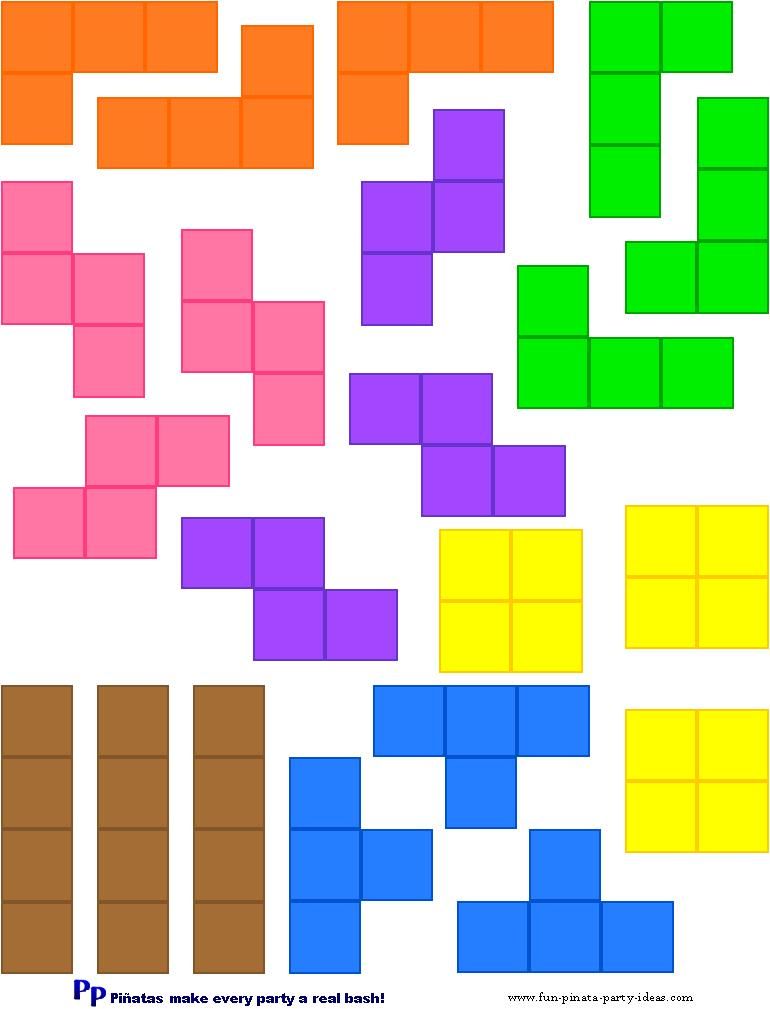 It is small and practically inactive. But if in our city they are going to organize a meeting of speedcubers, thanks to the group I will know about it - and we will not miss it.
It is small and practically inactive. But if in our city they are going to organize a meeting of speedcubers, thanks to the group I will know about it - and we will not miss it.
Similar communities exist in many Russian cities. There you can find out about new puzzles, upcoming competitions, set records and other speedcubing news. If the group is active, you can ask questions, get help in choosing a cube, learn the nuances of high-speed builds. Many groups on Vkontakte have chats: sometimes the activity and the number of participants in them is greater than in the group itself.
The Russian and even the world community of speedcubers is small, so the number of participants of 100-300 people should not be intimidating. The main thing is activity.
Speedcubers are smart, friendly and quite open people. They are happy to share their experience and speedcuber tricks. Most speedcubers are young people between the ages of 12 and 25, but when we entered such a community, no one was embarrassed by either my son's age or mine.
Communication in comments. Sometimes we communicate with other speedcubers in communities and groups from large online stores: CCC Store, Speedcubes. You can also chat with like-minded people in the comments under thematic videos on YouTube or under the photo on Instagram, where there are many interesting posts under the #speedcubing hashtag.
For example, we asked experienced speedcubers which 2 × 2 × 2 magnetic cube to choose. There were a lot of tips - we settled on the three most popular models. In the end, they also chose based on reviews and based on their budget.
The son often exchanges interesting and easy scrambles with friends, shares his achievements - this is very motivating for new records. I do not rule out that without such communication, the son could have abandoned this hobby long ago.
Due to COVID-19, almost all communication between speedcubers has switched to online mode, but sometimes they organize face-to-face meetings in their cities.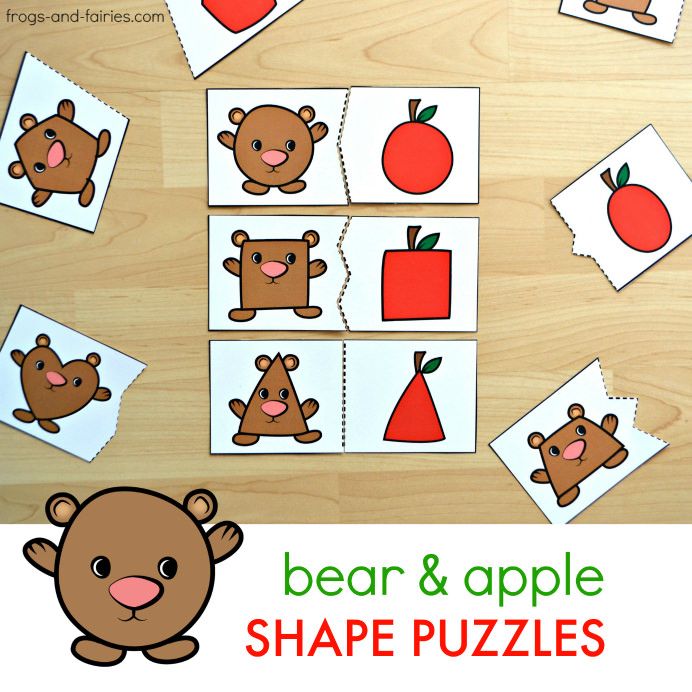 We have not attended any such meeting yet, but we want to visit.
We have not attended any such meeting yet, but we want to visit.
What do I think about my son's passion for speedcubing
My son has been into speedcubing for two years now. During this time, I figured out what it is, I myself learned how to assemble puzzles and found out how such activities can be useful for a child. Here are the skills they develop:
- Memory. This is facilitated by the need to memorize dozens or even hundreds of assembly algorithms.
- Spatial imagination. When assembling a cube, you have to constantly imagine the result that will be obtained when moving the elements.
- Logical thinking. During the assembly of the Rubik's Cube, it is important to clearly understand the sequence of actions, their relationship with the result.
- Fine motor skills. At first, the fingers act slowly and uncertainly, but with each assembly they move more and more smoothly and quickly. And the development of fine motor skills is closely related to the development of speech.
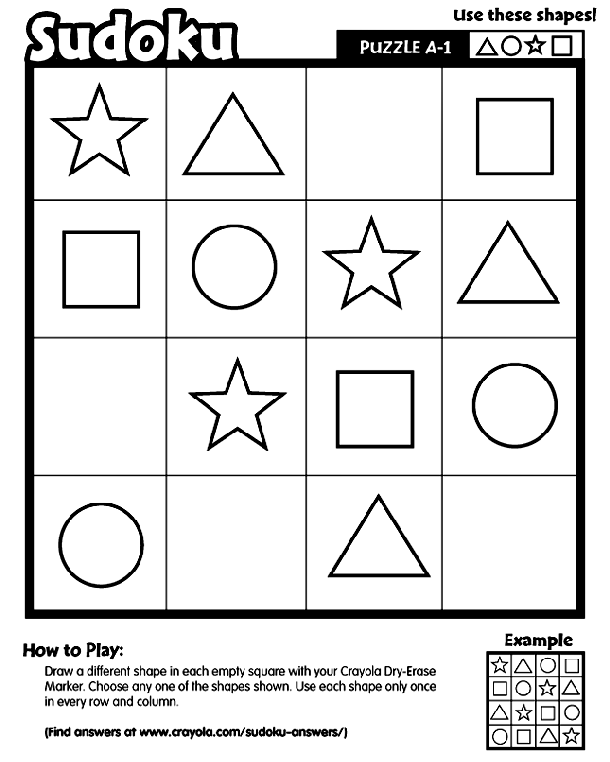
- Perseverance and concentration. Solving a Rubik's Cube, especially a fast one, requires strong concentration, because even milliseconds are important for the result.
What to do with a child when there is no time for joint games: 10 ideas up to 1000 R
The Rubik's Cube is often mentioned as an aid during the recovery period after a stroke. People who have suffered a stroke talk about this themselves.
Life after a stroke - website of the Nikolskaya Central District Hospital
My son has always had a good memory, and in this regard, the impact of the Rubik's Cube is difficult to assess. Much more noticeable is the development of his spatial imagination. The child easily assembles complex origami and even invents his own figures. And while drawing, he often tries to convey volume - before, the drawings were flat.
The development of fine motor skills is also noticeable. It was during the period of passion for speedcubing that the son learned to type quite quickly on a computer.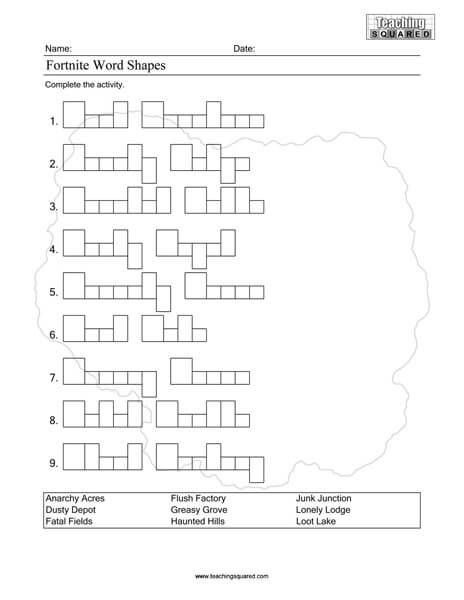 These changes make me happy.
These changes make me happy.
How much does speedcubing cost
Over time, we have collected a collection of 20 cubes, and also purchased lubricant for them. But we are not going to stop there: our plans include a big mat and a timer for speedcubing, new interesting cubes and participation in official competitions, if it is relatively close to us - in Yekaterinburg or Chelyabinsk.
7434 R we spent on everything we need for speedcubing
| Ordinary cubes | 5670 P |
| Speed cubes | 1540 R |
| Grease | 224 P |
Conventional cubes
5670 R
High -speed cubes
1540 R
Lubrication
224 R
While I was preparing an article, talked with many speedkubers. I learned that for them speedcubing is more of a hobby, because it is very difficult to break current records. But they are ready to invest in this hobby: an expensive cube bought once, with proper care, will serve and give pleasure from assembling for a very long time.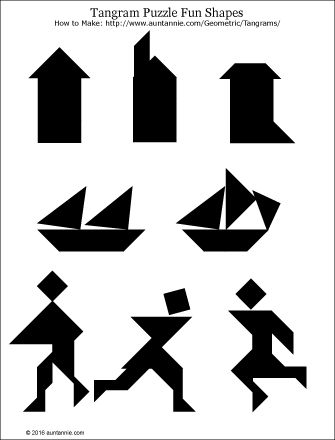
To enjoy assembly, speedcubers advise choosing puzzles from at least the middle price segment: they are made of high-quality plastic, have a well-thought-out rotation system and reliable assembly. And with such a puzzle, the speedcuber is more likely to show a good time.
Tips for beginner speedcubers
- Don't put off speedcubing until you buy an expensive cube: you can work on assembly skills and show good results with a budget puzzle.
- Learn how to quickly build from easy to hard and slow to fast to learn how to rotate the cube correctly.
- Try to find like-minded people - in your city or on the Internet. Communication, the opportunity to share successes and compete with real people greatly fuel interest in speedcubing and motivate you to set new personal records.
- Don't be afraid to compete, even if your results are far from world records. This is an invaluable experience and new interesting acquaintances.
- Don't give up at the first setbacks: speedcubing requires perseverance.

Collection of puzzles made with a laser engraving machine [cutting templates included]
I have been doing laser cutting for five years now and decided to present you a collection of puzzles that can be made with a laser cutting machine, also I will attach the necessary files, tips and methods for each puzzle. Creating puzzles with a laser cutter is pretty easy, all you have to do is cut them out according to the pattern and put them back together, maybe using some glue. I hope you find this article helpful and inspiring.
Note: This article is a translation.
Step 1: Puzzle
Jigsaw puzzles are the classic and perhaps the most common version of puzzles, the first puzzle was cut around 1760 (apparently by hand) and usually looks like a picture cut into small pieces that fit together. The laser machine is very well suited for making puzzles because the cutting width is only 0.1 mm. This means that the parts fit snugly together right after they exit the machine.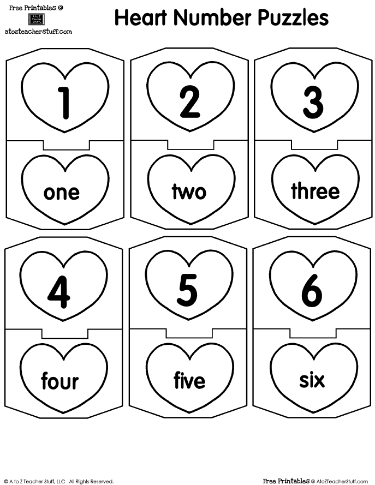
There are several ways to place pictures on wooden puzzles.
You can transfer color images to the surface of wood using freeze paper, or a laser cutter capable of engraving a grayscale image on the surface of the material. After the image is drawn, it remains only to cut the puzzle into small pieces. I took a rough jigsaw puzzle section from Wikimedia, it was already in a suitable vector format, ready to be cut.
I can't believe I never made a puzzle on my laser machine before this test, it all took a few minutes.
Jigsaw.svg 272 Download
Step 2: Tray Puzzles
Tray puzzles are exactly what they look like. You get a tray and some parts and the challenge is to put all the pieces back into the tray.
Tray puzzles for children usually include a number of holes that match the shapes to be inserted into them. I drew this pokemon puzzle using silhouettes from the Pokemon Go mobile game. Inkscape has a feature that makes it easy to trace an image, they just needed to be cleaned up a bit and they were ready to be cut.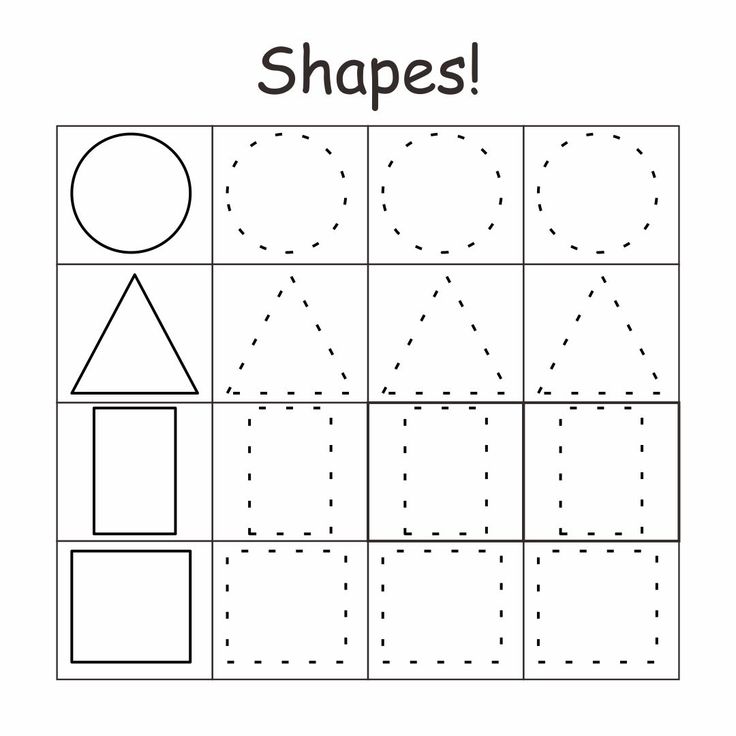 I put the Pokemon names on the board using the Hershey Text extension.
I put the Pokemon names on the board using the Hershey Text extension.
More complex tray puzzles usually involve you putting several shapes in one hole and trying to find a way to fit them all. This pentomino puzzle was one of the first ones I ever received. There are 12 different ways to complete the 5 dice that make up the basic pentomino. In this version of the puzzle, the figures are themed and symbolize the 12 animals of the Chinese Zodiac.
PokemonTray.svg 168 Download
Pentominoes.svg 208 Download
Step 3: Celtic Knot Puzzle
Celtic knots use weaves to describe the shape of the knot. The thread goes above and below itself within a single knot, the lines in the drawing show which thread is on top, and cutting some of those lines turns the knot into a puzzle. All this can be stacked in a tray to represent the overall shape of the knot, but the inner route will always remain a mystery.
The knots were drawn using Black Oak Games bricks.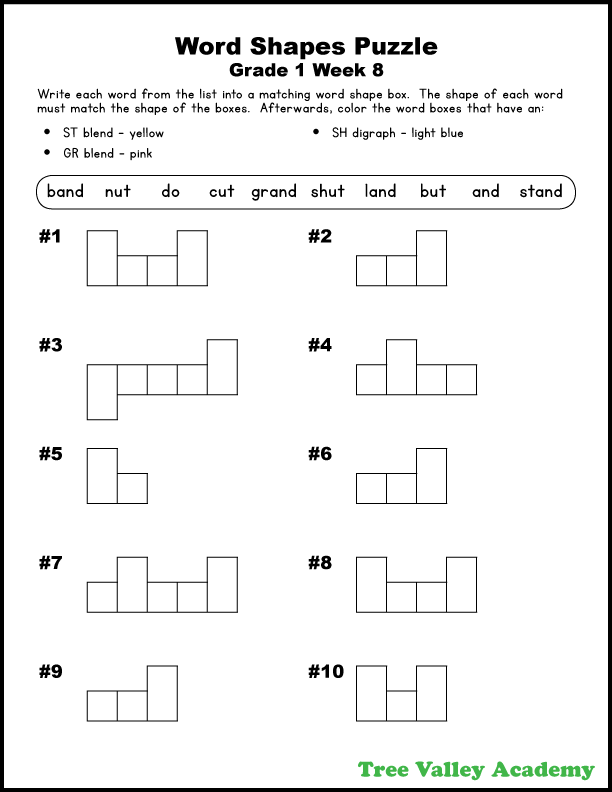 These cubes allow you to create fancy knots by placing a cube and rotating it until you're happy with the shape. I used the digital version I created earlier. Once the knot was drawn, I was able to break it down into its component parts. In the construction image, you can see that I've bent the ends of the puzzle pieces, this creates an enclosed area for each piece of the puzzle, which you can then color in to make it much easier to show which piece goes where. This would be useful if you want to create a drawing of the solution. Before cutting, I remove all curved lines.
These cubes allow you to create fancy knots by placing a cube and rotating it until you're happy with the shape. I used the digital version I created earlier. Once the knot was drawn, I was able to break it down into its component parts. In the construction image, you can see that I've bent the ends of the puzzle pieces, this creates an enclosed area for each piece of the puzzle, which you can then color in to make it much easier to show which piece goes where. This would be useful if you want to create a drawing of the solution. Before cutting, I remove all curved lines.
I love this puzzle because it's easy to make and Black Oak Games' dice allow for endless combinations.
Celtic Tray Puzzle.svg 335 Download
Step 4: Fractal Puzzles
Hilbert curve puzzle
Gosper curve puzzle
Dragon curve puzzle
These fractal puzzles are a slightly different form of the tray puzzle. Fractals are a special mathematical set that exhibits a repeating pattern.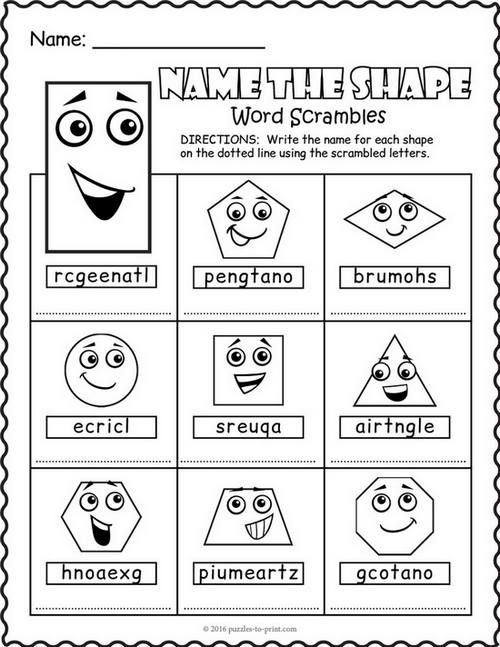 In these cases, they consist of basic patterns that are repeated over and over again. Basically, the entire pattern is just one line from A to B. These patterns can be broken down into smaller pieces. All the pieces look amazingly similar and when I split the pattern I had a lot of fun making sure the two pieces were now exactly the same, making assembly even more difficult. Three templates are included in one file.
In these cases, they consist of basic patterns that are repeated over and over again. Basically, the entire pattern is just one line from A to B. These patterns can be broken down into smaller pieces. All the pieces look amazingly similar and when I split the pattern I had a lot of fun making sure the two pieces were now exactly the same, making assembly even more difficult. Three templates are included in one file.
Hilbert curves is a very simple square pattern, Gosper curves create a more interesting triangular shape and finally Dragon curves have many beautifully rounded sections.
The file is drawn in such a way that the laser will go from A to B in one pass and then come back and split the pattern, which makes the cutting process really interesting.
Fractal Puzzles.svg 297 Download
Step 5: Thorn Puzzle
Barb puzzles are made with a series of interlocking pieces, the pieces usually look like jagged sticks, which are not immediately associated with a laser cutter because you have to cut in two different axes and the laser only cuts vertically.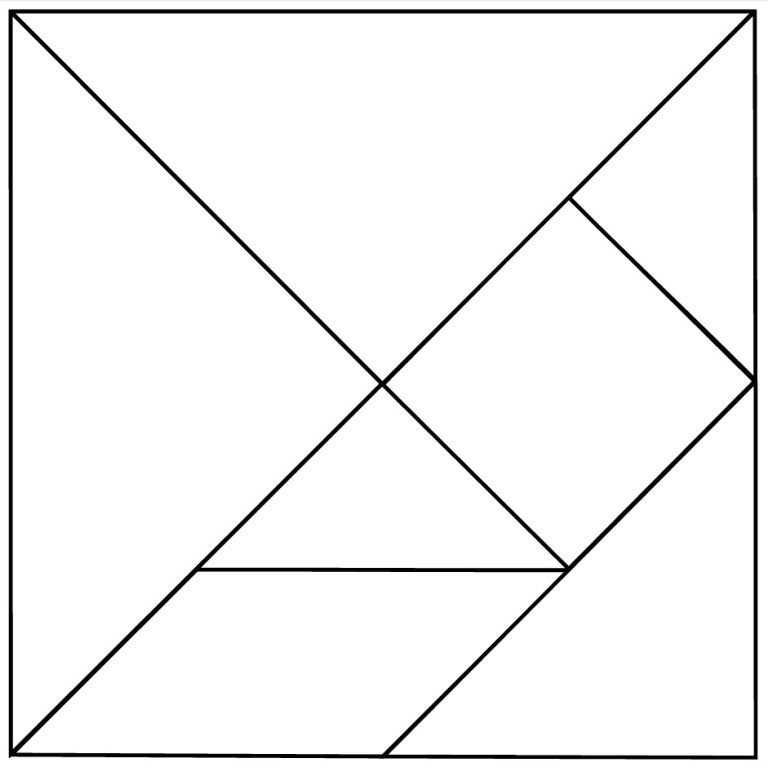 When you have access to a slightly more powerful laser, puzzles like this become possible. I have an 80W machine and it can cut 12mm thick material, that's enough to make a stick and since the sticks are square after they've been cut in one axis, you can rotate the stick 90 degrees and cut them along the second axis.
When you have access to a slightly more powerful laser, puzzles like this become possible. I have an 80W machine and it can cut 12mm thick material, that's enough to make a stick and since the sticks are square after they've been cut in one axis, you can rotate the stick 90 degrees and cut them along the second axis.
The first thorn puzzle shown here consists of 12 identical pieces, each with a notch in the middle on the second axis. I decided to make a single notch on the second pass because the wand would move a bit as it rotated. When you cut one of the sticks, you need to cut the profile, but you also need to clean up the rest of the hole so you can put it back sideways. The file attached here will look weird because it is for one part and the drawing is in two parts, one for each pass.
There is a sub-section of thorn puzzles called the Chuck puzzle. I have always loved this puzzle. In its simplest form, it's incredibly common, you can find it in flakes, but you can lengthen some parts and start making longer, bigger versions.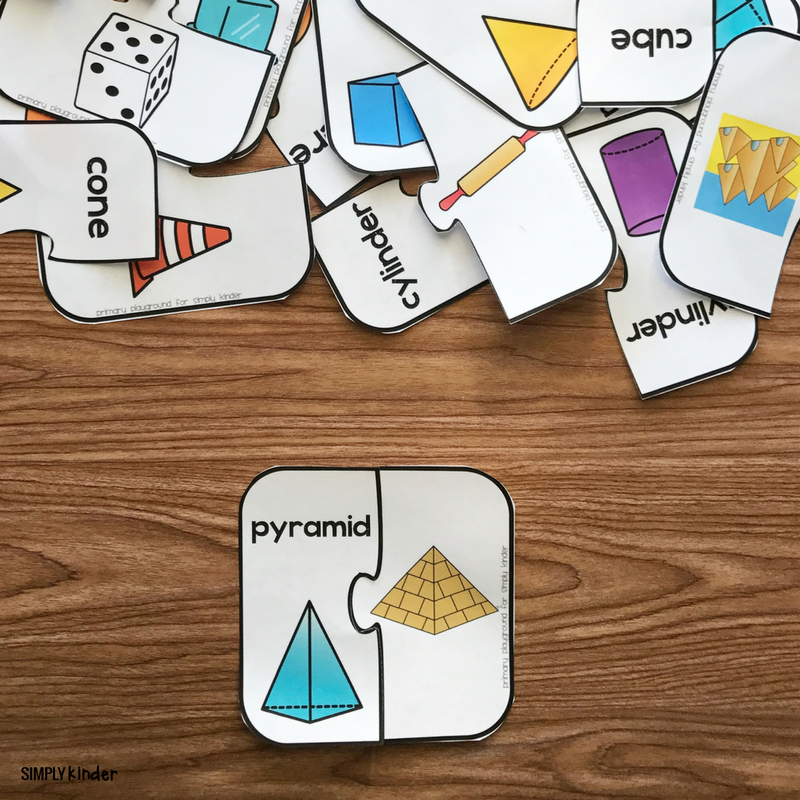 You can then form pyramids, cubes, and all sorts of shapes. It's a bit like a constructor if you have enough of the right details. Only "key" parts need to be cut along two axes, this file has been optimized for use.
You can then form pyramids, cubes, and all sorts of shapes. It's a bit like a constructor if you have enough of the right details. Only "key" parts need to be cut along two axes, this file has been optimized for use.
Burr Puzzle.svg 237 Download
Chuck Burr.svg 207 Download
Step 6: Prickly Box Puzzles
Prickly box puzzles can also be made from other interlocking pieces. In these two examples, the sheet materials are cut into appropriate shapes and they are woven together to create a complete puzzle.
The cruciform cube was made from 5mm clear plexiglass and the tubular thorn puzzle was made from 6mm ply. These designs can be scaled to any material size you have because all slots and dimensions will scale accordingly. You will probably want to scale them specifically for your material.
Burr Criss Cross Cube.svg 345 Download
Burr Tubular Box.svg 265 Download
Step 7: Sliding Block Puzzle (Fifteen)
The sliding block puzzle was invented in the 1880s as Fifteen, which had numbers from 1 to 15 moving blocks. My homage to this form of puzzle is the figure-of-eight puzzle, which is surprisingly similar in concept but only uses 8 blocks, which is a much more reasonable prototype. You can also place any picture on top of the blocks.
My homage to this form of puzzle is the figure-of-eight puzzle, which is surprisingly similar in concept but only uses 8 blocks, which is a much more reasonable prototype. You can also place any picture on top of the blocks.
Each block consists of 3 different layers, the middle layer is shifted to the right and slightly up to form an overlapping section with the block next to it. If the tiles overlap the engraved surfaces, this reduces the thickness of the material and makes it easy to slide over the gaps. The puzzle edge also has 3 layers which are staggered in a similar way. The edge has a support, like other puzzles on the tray, and this prevents pieces from falling out of the middle. The edge is a solid piece, because of this, the last row of blocks must be glued into place inside the puzzle, so be careful not to get glue outside the block, otherwise it will not slide correctly.
Since this puzzle is just a series of blocks, it can be expanded to any size you need. 8), which is called a byte in computer terminology, hence the name. The box is made from strong 6mm plywood so it can take a little bit of force, but it was sheathed in 0.8mm plywood to hide the manufacturing techniques (and the combination).
8), which is called a byte in computer terminology, hence the name. The box is made from strong 6mm plywood so it can take a little bit of force, but it was sheathed in 0.8mm plywood to hide the manufacturing techniques (and the combination).
Like most combination locks, it can be opened with a little force in the right direction. Some pins are tighter than others so you know which side is locked and which is unlocked. With a little practice, you can find all eight pin positions in a few minutes. However, I cheated and marked the side of the lid with a very dull pencil.
Byte Puzzle.svg 247 Download
Step 9: Cryptex
Ever since I saw the movie - The Da Vinci Code - I have been fascinated by the cryptex, a small combination vault that can only be unlocked by entering the correct word on the scroll, allowing the user to pull out a tube containing some sort of secret.
cryptex.pdf 492 Download
cryptex. dwg 256 Download
dwg 256 Download
cryptex.ai 210 Download
cryptex.dxf 320 Download
Step 10: Unraveling Puzzles
There is a whole category of puzzles dedicated to unraveling objects from each other, usually using holes, threads, hoops and beads. The trick is that the hoop was never actually on the string, and by carefully moving the items you can free the various pieces needed to solve the puzzle.
The first puzzle is a classic one. The two pieces are intertwined with their threads and form complete loops that cannot be separated. Only this is not entirely true: the string can be passed through the hole and put on the disk. When you pull it back through the hole, the two parts separate (or form a double loop if you went the wrong way). The string is fixed in the material with 3 layers of wood and connected together through a knot.
Puzzle 2, the hoop is on one loop of the string and the task is to move it to the other side.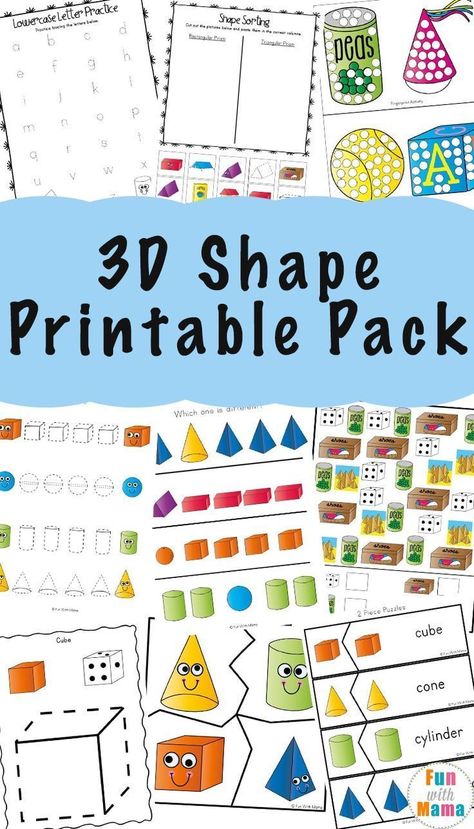 It's a simple puzzle, and if you just start winding the hoop around the string in the right direction, you'll quickly figure out how to make it jump from one side to the other.
It's a simple puzzle, and if you just start winding the hoop around the string in the right direction, you'll quickly figure out how to make it jump from one side to the other.
Puzzle 3 requires you to free the hoop from the bottom of the tower. Please note that the hoop does not actually get tangled in the rope. You will also notice that the board can go through the hoop and the discs can go through the turret. With a little fiddling, the hoop can be easily released.
Knot Puzzle 1.svg 191 Download
Knot Puzzle 2.svg 162 Download
Knot Puzzle 3.svg 156 Download
Step 11: Cube Puzzles
Many laser cut boxes are made using finger joints, which is very similar to this. I think this is something that is often overlooked: if a designer changed the size of some hinges compared to others, the result would be a small puzzle, but more importantly, it would be impossible to assemble it incorrectly.
Cube Puzzle 1.svg 355 Download
Cube Puzzle 2.svg 273 Download
Step 12: Puzzles to assemble
This puzzle is one of my favorites. Not all puzzles are flat, but this one is very sculpted. This puzzle looks great in the exhibition, and this is not surprising, because it has an artistic heritage. MC Escher painted it in his "Gravity" lithograph. The ends of each star were fitted with tightly fitting finger joints so that the entire puzzle could be held together without glue.
The puzzle is to put it together correctly. There are 12 identical pieces that fit together. This is the kind of puzzle that's best to pick up and just figure out where each piece fits. The trick is to add a twelfth piece to the mix. The solution is to build the model from two separate parts. Five pieces are joined together to form one corner, which must be built around the sixth piece. After the corner is built, you can fix the sixth part in the others at all 5 points.